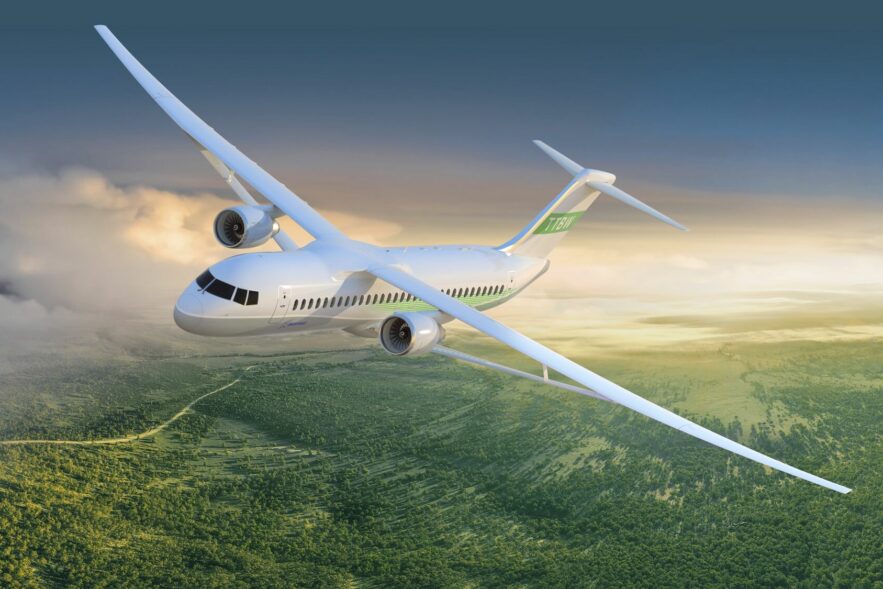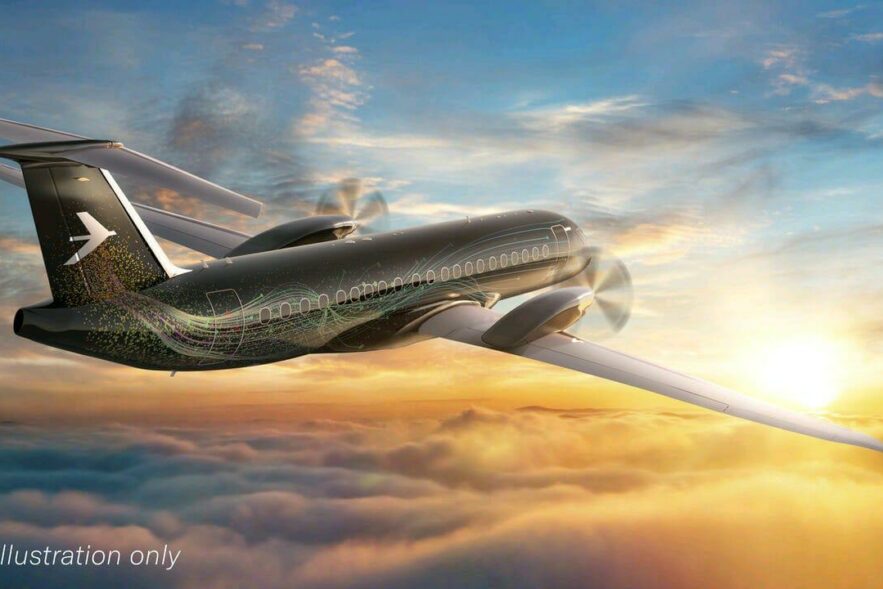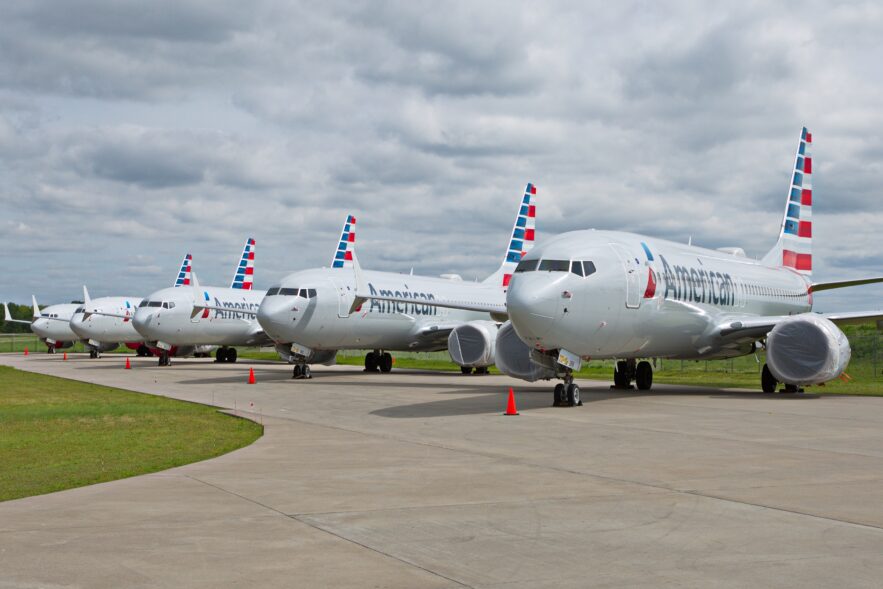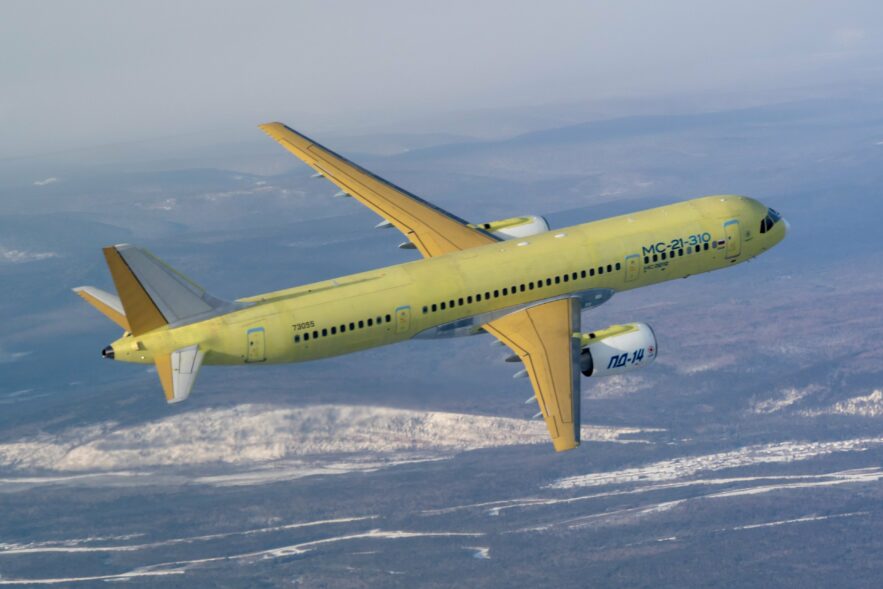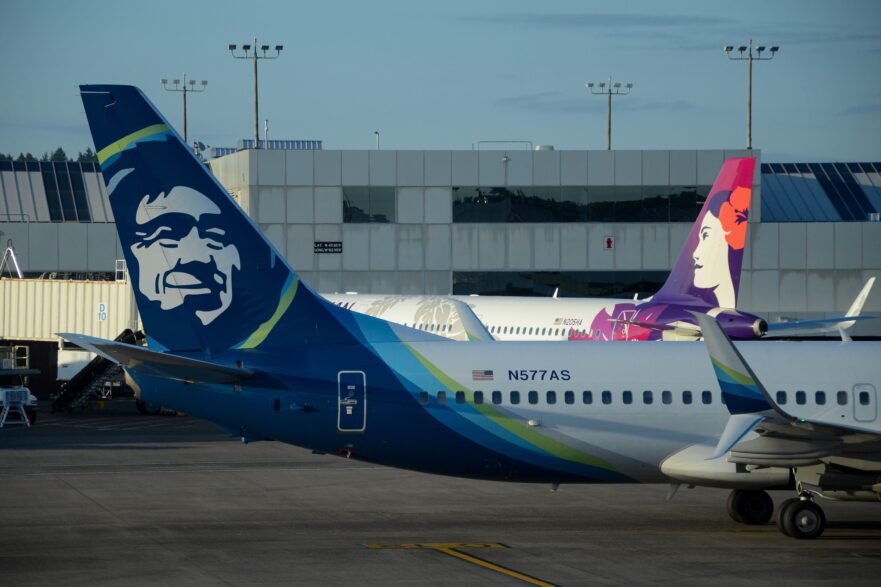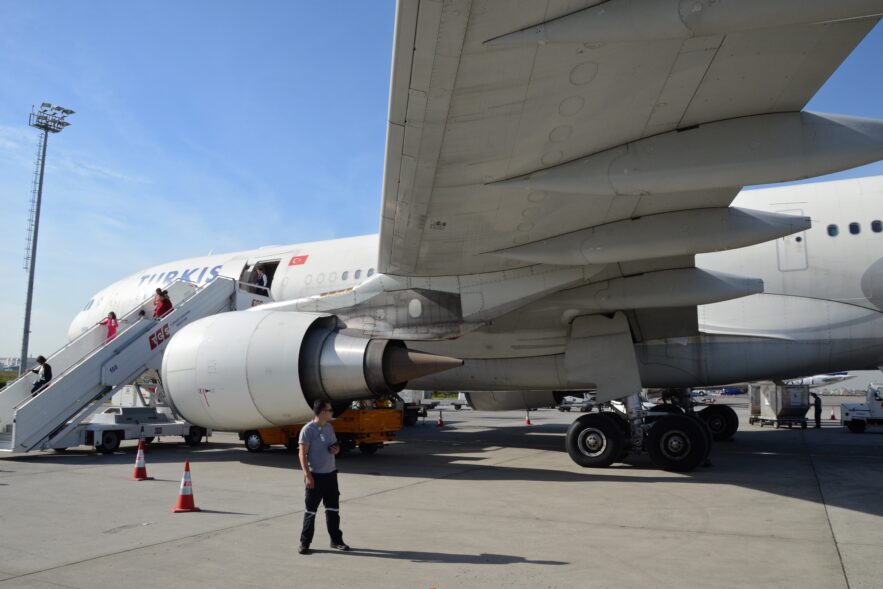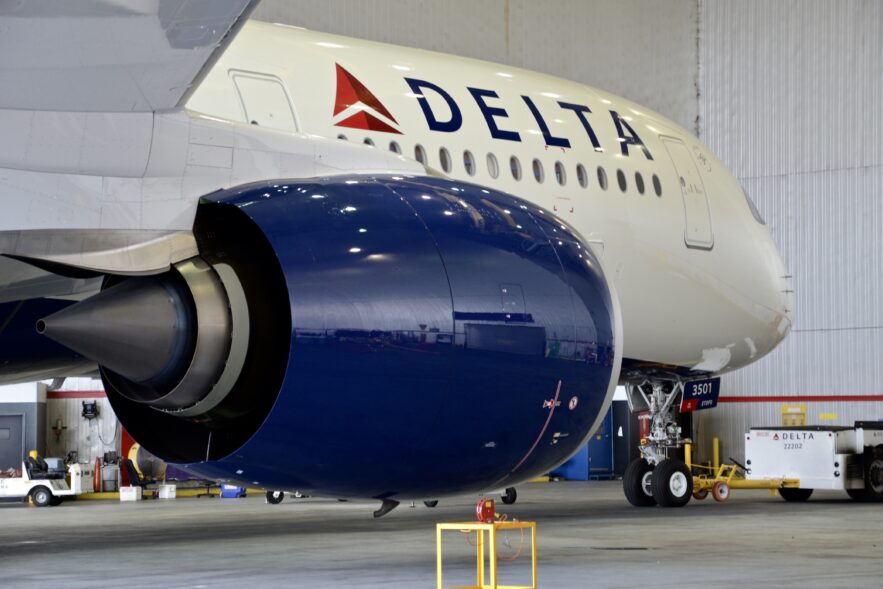The western civil & defense aerospace business has long believed that Russia could be its customer, supplier and adversary to its patron governments – all at the same time.
Log-in here if you’re already a subscriber HEAR FROM THE AIR CURRENT Leave this field empty if you're human: Release...
Log-in here if you’re already a subscriber Release DateJanuary 19, 2023NASA gives Boeing a second shot at reshaping commercial aviationPurchase...
With receding regional aviation competitors, Embraer studies a return to a market that hasn’t had the choice of an all-new product in decades. Unique quirks of the turboprop market and Embraer technology planning will pressure E3 market potential. Big leaps in efficiency of single-aisle jets compresses the list of small markets that need a big turboprop.
Restoring trust in 737 Max (without Boeing) The Wall Street Journal’s headline read “Inside the Effort to Fix the Troubled Boeing...
Log-in here if you’re already a subscriber Release DateMarch 20, 2023Now airborne, Universal Hydrogen looks ahead to ATR commercializationPurchase a...
MC-21-310 first flight with PD-14 engines accelerates Russia's aerospace industry uncoupling with the west. Pratt & Whitney's involvement is "on life support" as U.S.-Russia relations continue to deteriorate.
The first approved COVID-19 vaccine is fanning out across the world, kicking off what is possibly the largest humanitarian airlift in the history of aviation. The global effort requires a highly-coordinated logistical and operational dance. The second big wave of COVID-19 cases is causing an expected decline in air travel, but the overall recovery is ahead of forecast.
During the final week of deliberations, Airbus still hadn’t told JetBlue Airways the name of the airplane they might be...
Log-in here if you’re already a subscriber Release DateDecember 4, 2023Alaska's fleet chief breaks down the strategy behind Hawaiian dealPurchase...
Decisions made by Airbus in the late 1980s are guiding the future second act for the A330 as a converted package-hauler.
If certain contractual issues, particularly around the CFM engines, can’t be overcome in this pre-campaign period, a head-to-head competition will follow and likely give the edge to Airbus and the A220.
The sexiness of a commercial airplane deal, especially one from an influential blue chip customer, is often presented by its...


